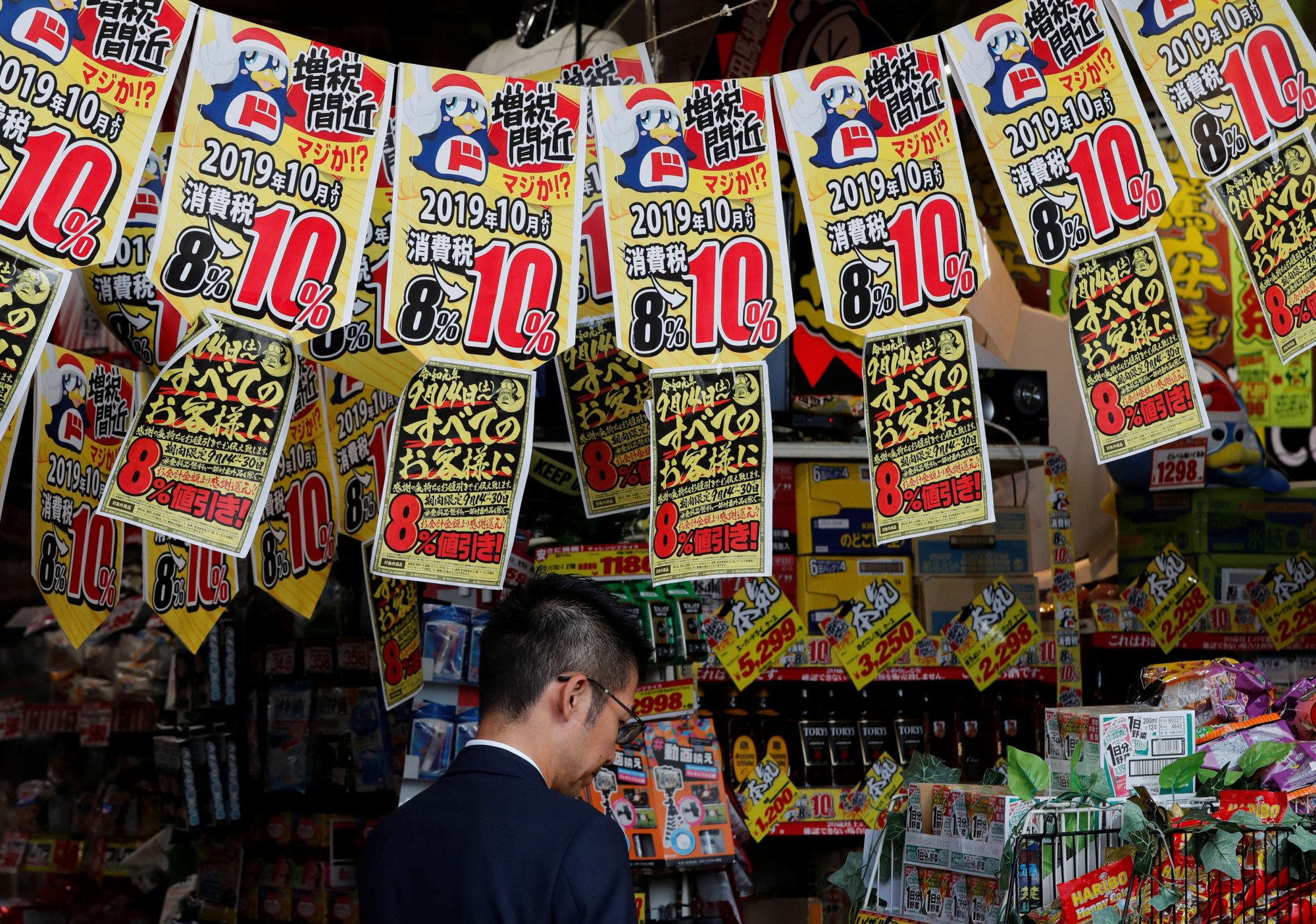The Sept. 4 reshuffle of Prime Minister Shinzo Abe's Cabinet was the ninth since the current administration was launched in December 2012. What were the features of the reshuffle and what concrete policies will the new Cabinet be pursuing?
Before Abe's current reign, the Liberal Democratic Party limited the tenure of its president to two consecutive three-year terms. Therefore, earlier long-running LDP administrations by Prime Minister Yasuhiro Nakasone and Junichiro Koizumi were wrapped up within six years. But a change to the rule in 2017 paved the way for an LDP president to serve up to three terms in a row. If Abe spends the full nine years in office, he will be the longest-serving prime minister in Japanese history.
Amid Abe's dominant grip on power, there is speculation that he might serve a fourth term as LDP chief. However, people close to the prime minister seem to think that he will likely not seek to stay in office that long. If so, the latest reshuffle may turn out to be his last. Of course, the political situation could change and he might take charge of the administration even longer. But at least it should be kept in mind that Abe launched his new Cabinet knowing that it could be his final reshuffle.

















With your current subscription plan you can comment on stories. However, before writing your first comment, please create a display name in the Profile section of your subscriber account page.